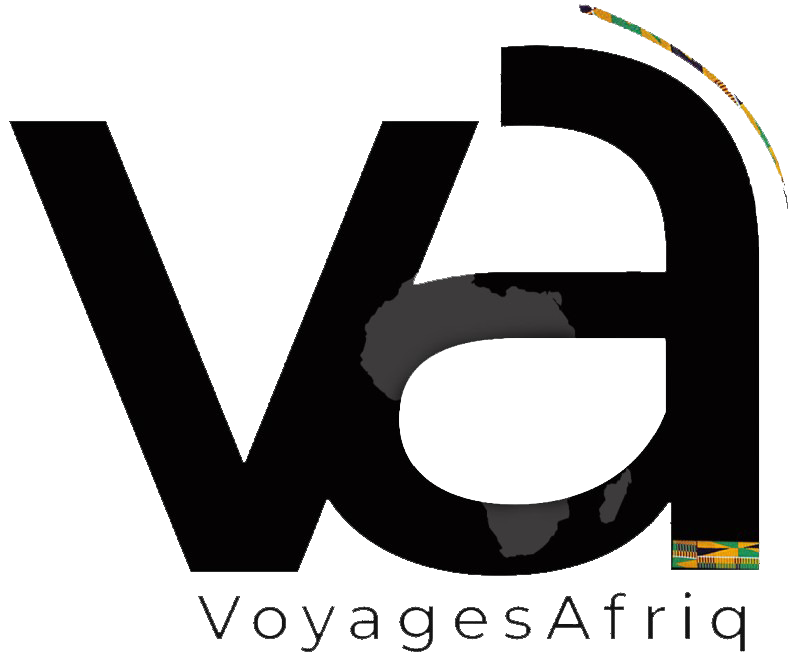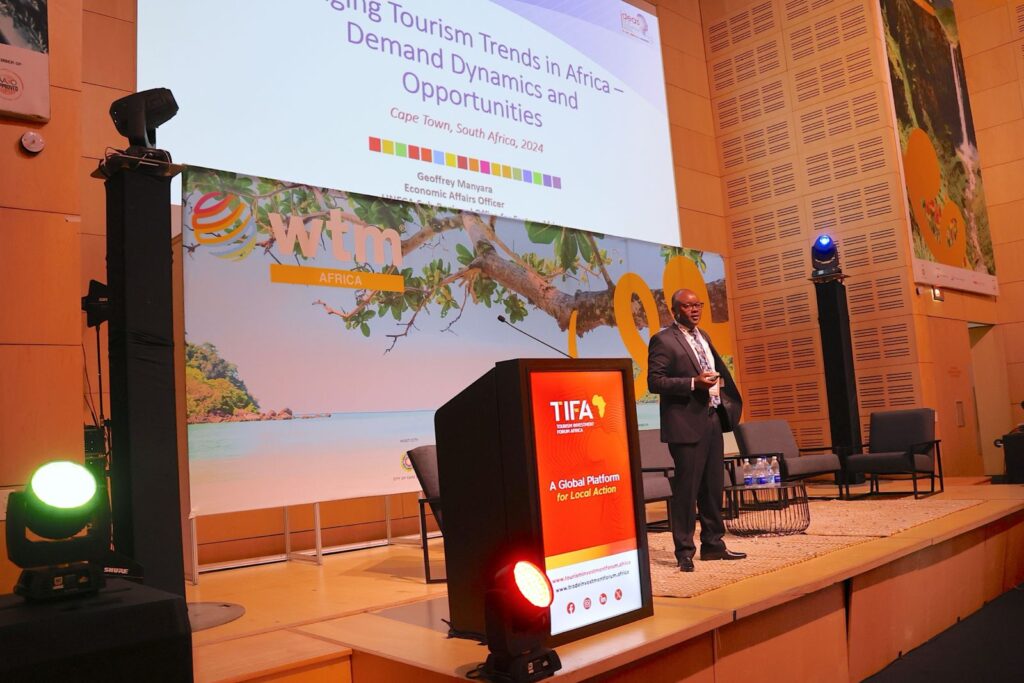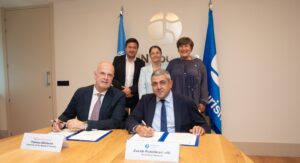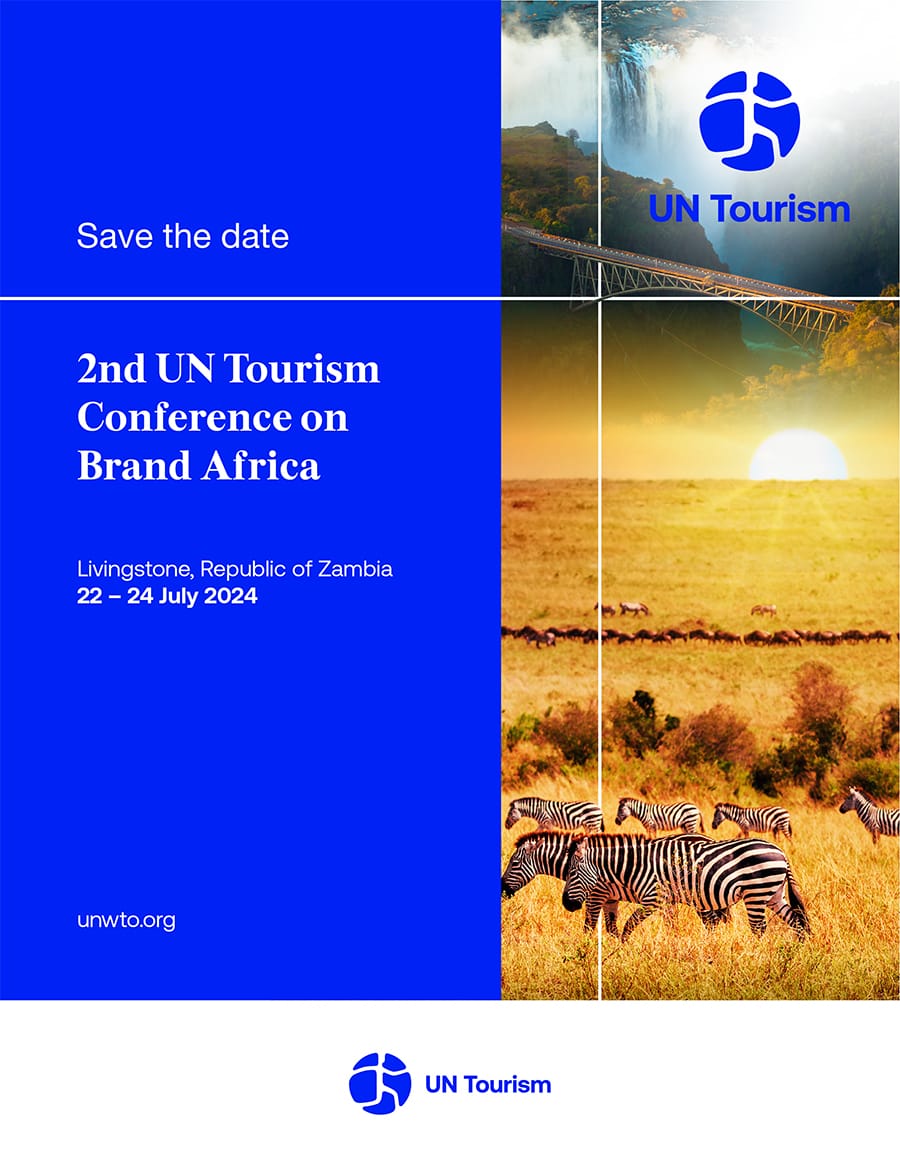Over the past decade, there has been a growing emphasis on intra-Africa tourism. The African Union Agenda 2063, for instance, has identified the sector as a pathway to realising its goals and its First Year Ten-Year Implementation Plan 2013-2023, has set ambitious targets including the doubling its contribution to the continent’s GDP from approximately USD 132 billion in 2013 to USD 260 billion by the end of 2023. In line with this, the sector, together with transport, communication, business and financial services, is one of the five priority services sectors under the Africa Continental Free Trade Area (AfCFTA).
With an average of 80% of international tourists travelling within their respective regions, the just ended COVID-19 pandemic further awakened the need to bolster, in addition to domestic tourism, intra-Africa tourism which currently stands at just 46%. More recently at the WTTC Global Summit, held in Kigali-Rwanda, His Excellency Paul Kagame re-emphasised the need to boost intra-Africa tourism, professing that this is where the future of the continent lies. Including other factors not mentioned, these clearly point to a growing strong African tourism agenda.
This notwithstanding, and as HE Kagame opined in his address, the tourism sector continues to endure a number of challenges, chief among them, the high cost of air transport. This has stifled tourism growth in the continent which only accounts for just 5% and 3% of international tourist arrivals and receipts respectively. Of concern, is also the continent’s small share of the global tourism GDP at just 1.9%, which is, worryingly, declining due to the fact the rest of world is growing at a faster rate.
With close to 60% of international tourists accessing their destinations using air transport, the call by HE Paul Kagame to lower its cost in Africa is indeed timely. At just 2% share of the global air transport passenger market, the continent is among the least connected, both internally and externally, despite having the second largest population share and being the second largest continent in the world. In fact, the continent at 1,291 (half of which are grounded) only accounts for 4.5% of the current global total aircraft fleets, with the projections showing that in the next 20 years demand for new vessels stands at just slightly over 1,000 compared to the over 40,000 for the rest of the world, should the current scenario prevail. With a projection of over 18,000 new aircrafts, Asia-Pacific will represent the highest demand, close to 40% demand. Accordingly, the region is also projected to be one of the fastest growing tourism destinations in the world. As an example, between 2014 and 2019 Asia’s air connectivity grew by 137% compared Africa’s 30%.
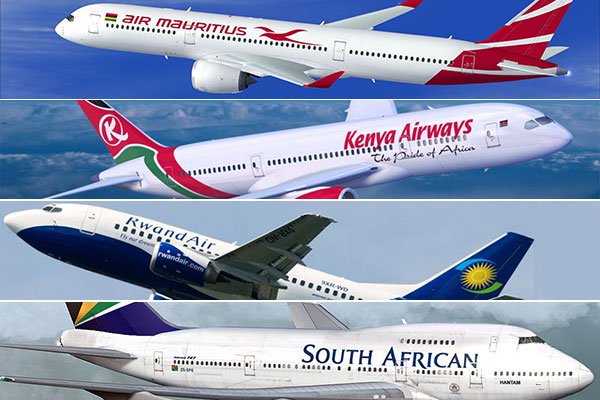
Evidently, tourism and aviation are intrinsically intertwined. Hence, learning from the experience Asia-Pacific, it is necessary to look at some of factors that could be hindering the growth of the aviation sector in Africa. One of the factors could be attributed to the operational costs attributed to the acquisition of aircrafts. To put this into perspective, Air India has placed an order for 470 new aircraft, while its rival domestic competitor, Indi-go, has ordered 500. Similarly, with current fleets of 269 and 255, both Emirates and Qatar have placed orders for 195 and 95 respectively for new aircrafts, while the largest airline in the world in terms number of destinations, Turkish Airlines, seeks to grow its fleet to 800 by 2033 from the current 437. In comparison, at 67, it is only Ethiopian Airlines, which operates a current fleet of 150, that has placed a considerable order for new aircrafts in Africa. With a number of Member States seeking to establish or strengthen their respective national carriers, as has recently been the case with Uganda and Tanzania, the cost of acquiring new aircrafts (these are usually one or two at a time) are likely to be astronomical compared the more those countries/airlines that are placing huge orders which are able to negotiate good payment terms and discounts.
Coupled with this, is issue of air transport safety for which the continent is perceived to be of very high risk as depicted in the 2019 report by the International Civil Aviation Authority on the State of the Global Aviation Safety. This has been reaffirmed more recently in the 2022 IATA Air Annual Safety Report, which indicates that Africa had the highest accident rate in the world. This has mainly been attributed to the low capacity of African Member States to establish high safety standards. This, therefore, means that the insurance premiums for African carriers is much higher than those of their counterparts in the rest of the world. Accordingly, insurance premiums can be as high as 10% the value of the aircraft compared to 2-3% for the rest of the world. As an example, it costs an average of USD 1 million annually to insure a Boeing 737-300 aircraft jet in Nigeria compared to USD 200,000 in the USA and Europe. What is more, the cost of jet fuel, which constitutes 31.2% of total expenses for African carries, is 35% higher compared to the rest of the world since very little of it is refined in the continent and hence must be transported from elsewhere.
To address Africa’s small global share of the air transport services, the accompanying high operation costs and constrained connectivity, instruments such as the 1988 Yamoussoukro Declaration and its successor 2000 Yamoussoukro Decision are key. Unfortunately, implementation of these instruments has been quite slow due several factors such as, with lack of political good will, conflicting Member States interests majorly linked the protection of national carriers and institutional and regulatory related issues.
As a step towards fast-tracking the implementation of the 2000 Yamoussoukro Decision, the Single African Air Transport Market (SAATM) was launched in 2018 together with the African Union Passport. To date 35 African Member States have signed SAATM, hence committing themselves to the full implementation Yamoussoukro Decision. These instruments have sought to liberalise the African air space with anticipated benefits being the increased levels of air transport services across the continent, the lowering of air transport costs, which in turn will lead to increased demand thereby facilitating growth in sectors such as tourism among other economic benefits. In fact, an IATA report indicates that with just 12 African Member States fully implementing SAATM, 155,000 direct jobs will be created and USD 1.3 billion will be added to the continent’s GDP.
The implementation of SAATM in line with the Yamoussoukro Decision is, therefore, expected to result in increased demand for more aircraft. However, as already indicated, acquisition of these will be costly should African Member States opt to do this by themselves. To mitigate this, there will, hence, be need for intra-Africa collaboration possibly in the form of the African Aviation Platform. The benefits such as the platform will be immense to the African continent mainly in terms of reducing the cost of acquisition of air crafts and the operational costs as a result of higher bargaining power that will be yielded when negotiating with suppliers. The African Continental Free Trade Area (AfCFTA) anchored Pharmaceutical Initiative, commonly referred to as the Pharma Initiative which, among others, advocates for a common procurement platform for medicines, could provide valuable lessons the aviation industry in Africa.
Author: Geoffrey Manyara
Economic Affairs Officer – Tourism
United Nations Economic Commission for Africa
Sub-Regional Office for Eastern Africa
